The Creative Core Drive in Gamification
(Below is a snippet of Gamification Book: Actionable Gamification – Beyond Points, Badges, and Leaderboards. If you like this blog post, you will LOVE the book. For a video walk-through, check out: Episode 10, Empowerment of Creativity & Feedback #1 and Episode 11, Empowerment of Creativity & Feedback #2).
Empowerment of Creativity & Feedback is the Third Core Drive in Octalysis, and is the Core Drive that really emphasizes on “Play.”
Some of my fondest memories growing up are of when I got to play with Legos and engage in forming, destroying, and re-building basic building blocks in an infinite amount of combinations.
It gave me and millions of others around the world great joy and fulfillment simply because it allowed me to be creative, immediately see the outcome of my hard work, and re-calibrate my efforts over and over again to bring my imagination to life.
I believe that people are by nature creative beings, and we yearn to learn, imagine, invent, and partake in creative processes where the journey in of itself brings happiness.
The beauty of this Core Drive lies in its evergreen ability to continually engage us at all moments in our lives.
If you recall the structure of Octalysis, with the top-down Core Drives being White/Black Hat, and Left/Right Core Drives being Extrinsic/Intrinsic, you will notice that Core Drive 3: Empowerment of Creativity & Feedback is the “golden top right,” where it is White Hat – meaning long-term positive emotions, as well as Right Brain – meaning an emphasis on Intrinsic Motivation. Unfortunately, this Core Drive is also the hardest to implement correctly.
The Endgame Evergreen Core Drive
Every once in a while, an attendee at my speaker events would ask, “Yu-kai, I want to add gamification to my company, but aren’t most games short-lived? Don’t people get bored of a game after playing for a while? If so, wouldn’t that be bad for my business?”
It’s true, many great games are played for two to eight months, and then they move on to new games. However, it’s because the game did not design for motivation for the Endgame, which is the fourth and final phase of a Player’s Journey. And remember, since you never HAVE to play a game, if it is not engaging in the endgame, you move on to other games.
Many well-designed games, like Starcraft, managed to engage the mind of players for over a decade, until the sequel was released. Other games like Poker, Golf, Chess, Mahjong, all have stood the test of time, and is still popular after centuries of trial.
Now there are many ways to design an engaging Endgame, but the reason why so many of these games stand the test of time, is largely because they utilize Empowerment of Creativity & Feedback.
In a study done by Queen Mary University of London and University College London in 2013 comparing the effects of different games on the brain. After six to eight weeks, the study showed that students who played Starcraft roughly an hour a day improved their memory, visual search, informational filtering, and other cognitive skills.
When a user can continuously use her creativity and infinitely come up with new ways to do things, the game designer no longer needs to constantly create new content to make things engaging, as her mind is the evergreen content that absorbs her attention continuously. That’s the power of Core Drive 3: Empowerment of Creativity & Feedback in retaining users for the long haul.
Some Game Techniques to implement Empowerment of Creativity & Feedback
Below is a list of Game Techniques that utilize Core Drive 3: Empowerment of Creativity & Feedback within games and also in gamification projects.
Boosters (Game Technique #31)
Have you ever played the game Super Mario and felt blissfully excited when you picked up a mushroom or flower that made you stronger (such as breaking blocks with your head or throwing fireballs)? These are considered Boosters in a game, where a player obtains something to, in a limited capacity, help them achieve the win-state easier.
Different from simply leveling up or acquiring new skills, Boosters are usually limited under certain conditions. You can enjoy the brick-breaking and fire-throwing as long as you stay out of harms way. Once you get hit by an enemy, you return back to your “natural state” prior to boosters.
Boosters such as getting a jumping star in Super Mario is limited by time, and for the next dozen seconds (I actually went on Youtube and counted the seconds just to write this), a player would rush as quickly as he can (sometimes falling into pits) as he enjoys the adrenaline rush of using his limited invincibility (with a touch of Core Drive 6: Scarcity & Impatience).
That feeling of being empowered with new but limited power-ups is exhilarating and is an extremely strong motivator towards the desired action. Very few people are willing to stop the game while the Star Invincibility effect is still.
In games like Candy Crush, Boosters are also very powerful mechanics, especially towards its monetization. A player can earn (or buy) limited amounts of boosters that help overcome some of the most difficult challenges in the stage, such as getting a Bubblegum Troll to defeat the menacing chocolates, or a Disco-Ball like Color Bomb to remove all candies of a certain color. Without different boosters and power-ups, the game would not nearly be as engaging as it is today.
One key concept to note is that, when users are paying for boosters, even though it could make winning incredibly easy, they are not purchasing a victory. If a person pays money, and all she sees is a screen that says, “You won the game!” she would not be very excited per se. Rather, she would prefer to buy a powerful sword that kills all enemies quicker and faster. In reality, users are purchasing the feeling of being very powerful and accomplished (Core Drive 2), and being empowered with new capabilities.
Milestone Unlock (Game Technique #19)
One of the most successful gaming mechanics within games is something I call the Milestone Unlock. When people play games, they often set an internal stop time in the form of a milestone – “Let me beat this boss and then I’m done.” “I’m close to leveling up, let me level up and I’ll stop.”
What the Milestone Unlock does, is that it unlocks an exciting possibility that wasn’t there before once that milestone is hit.
In some RPGs (Role Playing Games), whenever you level up, you learn a new set of skills. These skills are awesome and generally help you kill monsters faster, with more style, or it would have made your earlier gameplay a lot easier.
Once players level up (their “stop time milestone”), they naturally want to see what these new skills are, test them out a bit, test them out on stronger enemies, enjoy how powerful they are, and then realize they are so close to the next milestone that they might as well get there first.
This is when people plan to stop at 11PM but end up playing till 5AM in the morning.
Milestone Unlocks in Plants vs Zombies
Plants vs. Zombies is a dynamic “tower-defense” game geared towards forming a strategy to utilize resources and “plants” to solve puzzles of zombie attacks. In the spirit of Core Drive 3, the game embodies an aspect of allowing people to incorporate their creativity to come up with various solutions towards solving the same problem. Interestingly, this is the only “fighting” game and the only “zombies” game that both my mother and my wife got very into.
In terms of Game Techniques, Plants vs Zombies utilizes Milestone Unlocks to the extreme. When you complete each level, you will usually unlock a new Plant to help you defend against Zombies.
Not by coincidence, that new plant is often the exact plant that directly counters the toughest zombie on the stage you just beat and it would have made your life a lot easier if you had it earlier!
Of course, this is not the time to stop playing. If you didn’t start the next stage and try out these new found powers, you would be thinking about it all night long in your beds!
Poison Picker/Choice Perception (Game Technique #89)
Many studies have shown that people like something more when they are given a choice, even if the options are not as appealing compared to a single better option.
When children turn two years old, they quickly discover that they possess a special power called “Free Will.” And once they discover this power, they start to exercise it with great fluency. “NO!” That’s when the meaning of the Terrible Twos becomes apparent. It almost seems like it doesn’t matter what you suggest, the child will say “No!” to it.
“Which one do you want?”
“……”
“Do you want A?”
“NO!”
“Okay. Do you want B then?”
“NO!”
“Well, you have to make a choice. A or B?”
“NO!”
“So you don’t want anything. I’ll take them away okay?”
“NO!”
Negotiating with children is serious parenting work. You have to make the child think that whatever happens, it’s a result of her own decision and not someone else’s suggestion (interestingly, that bit of us does not change as we grow older). When the child does not know what she wants, that’s the hardest, because she can’t make a choice on her own, but she still hates it if she went along with someone else’s suggestion.
When I was little, my mother would have me learn how to play the piano. It was very frustrating for me, and many times I would cry out in anger. After two years of piano, my mother saw how much misery it caused me, and told me, “Okay, if you hate it so much, you don’t have to play the piano anymore. But you have to play an instrument. What would you like to play?” At the time I saw a popular singer in Taiwan named Lee-Hom Wang play the violin on-stage at a large concert, and it made an impression on me. I therefore told my mother that I wanted to play the violin.
After I switched from playing the piano to the violin, things didn’t necessarily become easier, but because I made a choice to play the violin, I sucked it up and played with a much better attitude. After all, if I also hated playing the violin, that means my previous choice was “wrong,” and people hate being wrong! When I would start to whine and complain, my mother would ask me, “So you hate playing the violin then?” I would immediately shoot back with, “No! Who said I hate playing the violin? I LOVE playing the violin! I just need…more practice.”
What a win for the parent!
The key to the Choice Perception is that the choice itself is not necessarily meaningful, but merely makes a person feel like they are empowered to make a choice. In my case, I was still forced to play an instrument – I did not have the choice to stop learning – but because I felt that I could choose which instrument to play, I felt empowered.
When I say the choice is not meaningful, it could mean that either the user is presented with a good option and a bad option, inviting the user to naturally choose the better one (again, often times a user will feel happier compared to just being forced to take the better option); or it could mean the options are all so limiting that it makes very little difference what the options are.
Obviously, because of the lack of meaningful choices, Choice Perception is something that is not as ideal in an implementation, since it does not truly bring out the creativity of the user, and at times you could offend users too if the options are too blatantly meaningless or insulting. However, for many businesses, it is slightly easier to implement into its systems than actually having Meaningful Choices.
Sometimes a business would use an anchoring price to create a choice perception towards which package the consumer will buy. Lets say buying a burger at a fast food store is $10, and buying a large container of fries is $10. A consumer may look at that and think, “Wow! This place is a rip off!” But then he sees that there is a “Burger + Fries” package for only $11. The consumer now feels like this is a no-brainer, and quickly buys the package.
In reality, the single burger and fries prices are there not to sell themselves, but to make the combo package look much better. Even though there is really no “meaningful choice” in this besides people with strong dietary preferences, if the fast food store just offered the package combo with the other choices, a consumer is less likely to buy it. They need to feel like they had a choice, and then take the “better” one.
Plant Picker/Meaningful Choices (Game Technique #11)
Beyond choices that allow people to feel like they are empowered, there are choices that are truly meaningful and demonstrates preferences that are not obviously superior over others. These techniques I call “Plant Pickers” because, just like deciding what to plant in a garden, it is often a preference on style and strategy, something that fuels Core Drive 3.
I mentioned above how the Milestone Unlock is such a huge component in Plants vs Zombies good game design. Another aspect of its success is the Plant Picker. When you start a stage in Plants vs Zombies, you are faced with a challenge – a wave of zombies, each with different strengths and capabilities. There are a limited amount of plants you can “pre-pick” before a game, there are sun-resources that allow you to plant a plant, and there are a limited amount of squares that you can plant the plants at.
To beat a level in Plants vs Zombies, there are a variety of ways and strategies that each work extraordinarily well (among many ways that don’t work very well). A player can choose to power up the economy first with sun-gathering plants with fewer defense plants; lay out the field with basic pea-shooters; save up to use more powerful plants that do mass damage; completely focus on explosives and traps; or use stinky onions to herd all the zombies into one lane before wiping them all out with penetrating attacks.
Oftentimes, one would beat a level with one strategy, just to replay it to test out another new strategic idea that the player figured out. The process of being able to select many options, each with unique strength and weaknesses, resulting in a variety of style and creativity-based strategies, is the core essence of the Plant Picker.
Unfortunately, Plants vs Zombies 2 completely forgot about its original design roots and turned Plant Pickers into Poison Pickers, with some plants being overpowered, while having other plants being completely useless.
In additional to Plants vs Zombies, if you read much of my work, you will know that I believe the game Farmville is not a “fun” game to play but generally a mind-numbing machine that brilliantly utilizes all the right game mechanics to bring out our Core Drives (and my goal is to help people learn these mechanics and do good with it!).
However, there is one element of Farmville that I think is positive and fun for the right reasons – it allows everyone to creatively express themselves through their Farms.
When Farmville players play the game for long enough and have unlocked all sorts of plants and colors, some of them even become Farmville Artists to express their creativity and create amazingly beautiful pieces of art through the digital pixels of Farmville (using Paint might still be more efficient, but Hey! The canvas is your farm!).
Because there are so many things you can do with your crops, this element of Farmville can be considered an Evergreen Mechanic, where users can continuously stay engaged without adding any additional content, just like how paint and a paintbrush can be Evergreen material. The only problem is, your work of art will be there for a few hours, and unless you reap the plants, they will all wither and die soon.
Here are some pretty noteworthy pieces of art:
Here’s a recreation of the Mona Lisa
And this is a very creative idea of building a QR Code with your farm!
Conclusion
As you can see through the multiple Game examples provided, Empowerment of Creativity & Feedback is a great Core Drive on many different levels as it taps into our innate desire to create and be inspired by our imaginations.
When effectively implemented, this core drive becomes a key evergreen engine that can be the difference between a short-lived flower and a timeless Redwood.


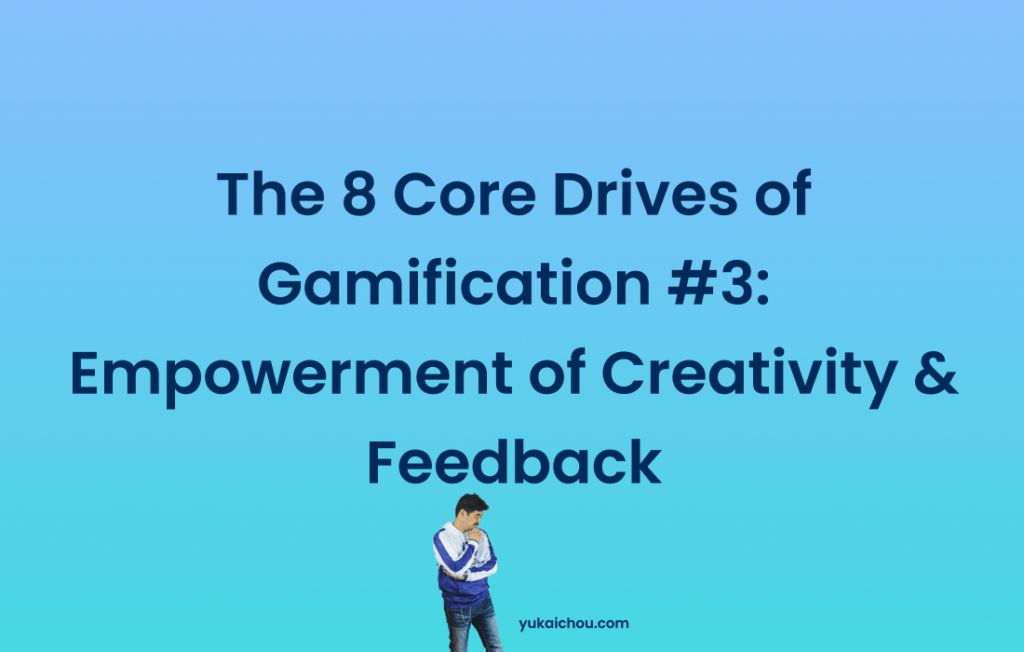

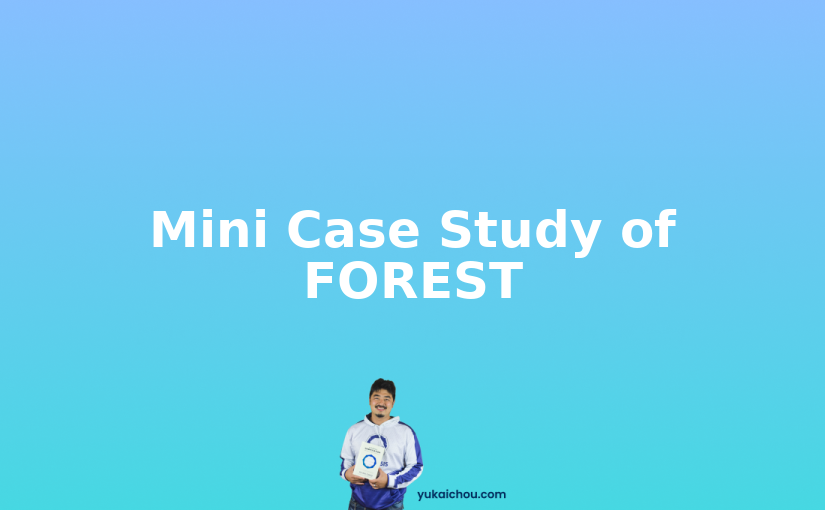
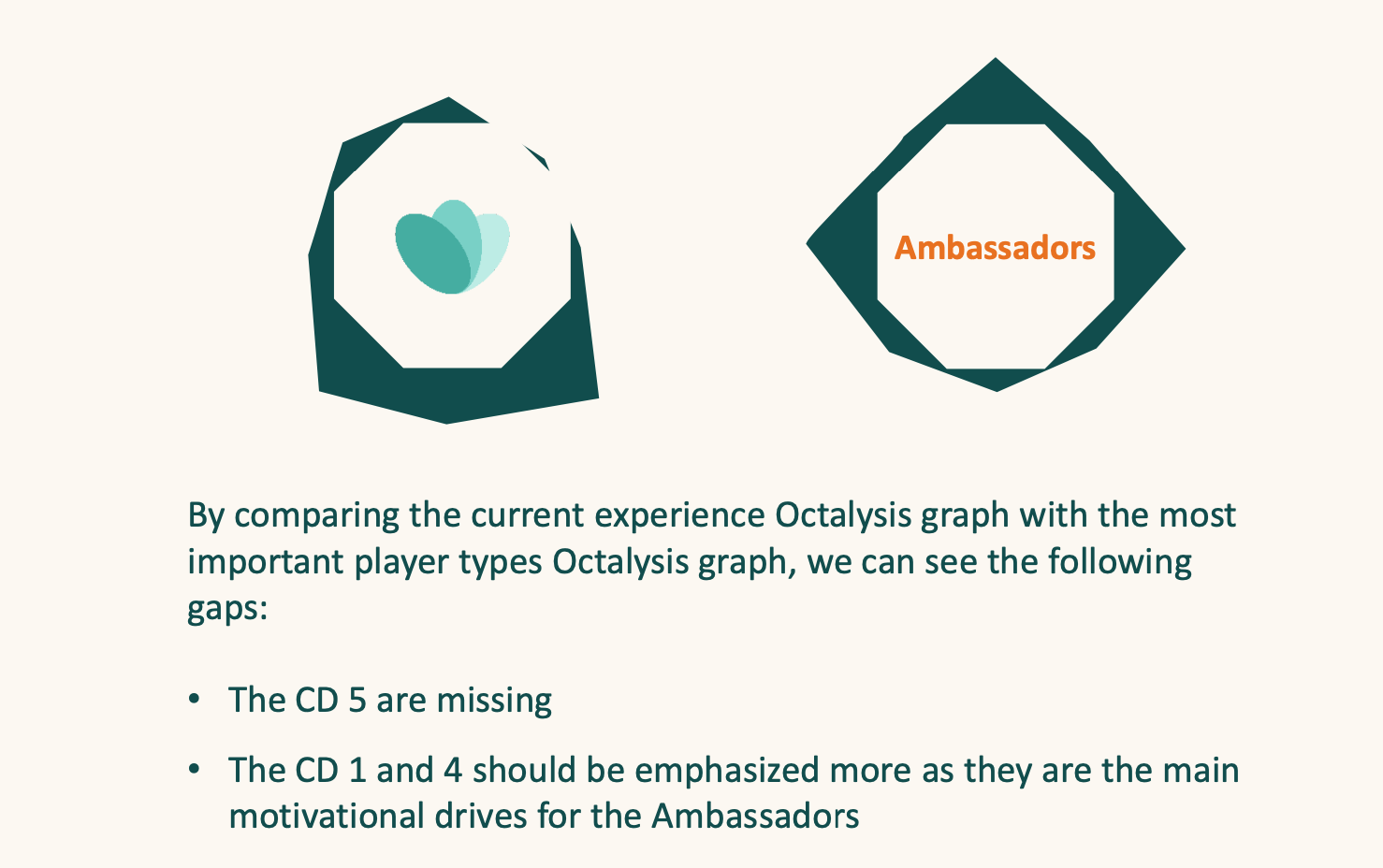

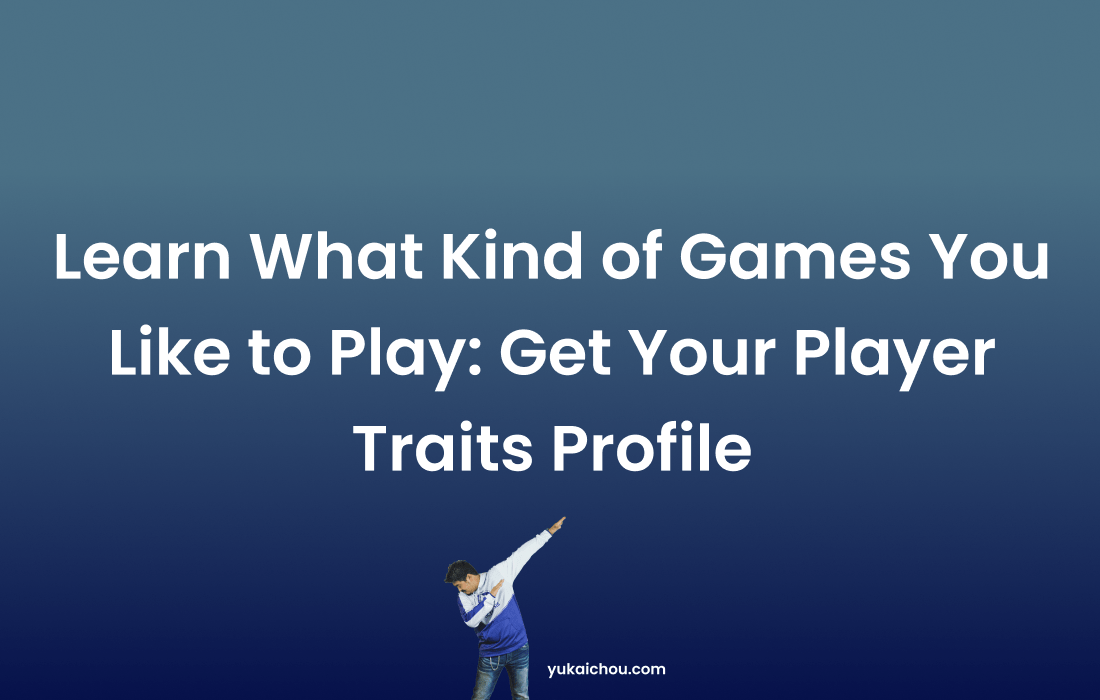

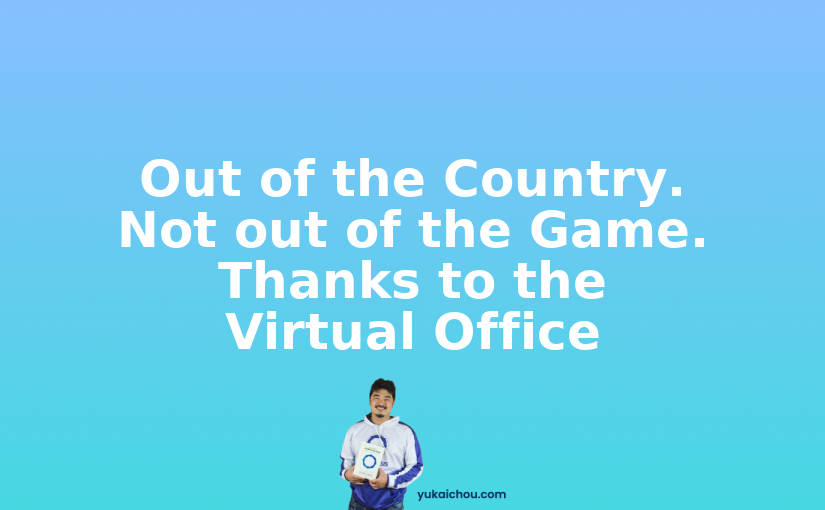
21 responses to “The 8 Core Drives of Gamification #3: Empowerment of Creativity & Feedback”
hi this a good article read this and share this blog. thank you.
Musings of a father of a violinist daughter… While playing/performing music has creativity in its very nature, it does not always “feel” particularly creative while it is being learned, e.g. scales, etudes, vibrato, detache, spiccato, etc. Certainly routine is a vital foundation for musicians. However, I like to throw new things out there. A week or so ago, I showed my daughter some clips on some fiddling (scottish) techniques,e.g. the flick, the wiggle, and the strathspey. She was quite engaged and enjoyed it. Maybe this falls into the CD7: Unpredictable CD.
This is an interesting CD, but, to speak of personal rates – not my favoutire.
And from the other point of view – when you remember about Bartle types – it means there are lots of players (clients) who may desire this CD to be present in your service/product. Here I totally agree with Yu-kai that this is one of most difficult CD to be designed in a system.
Those examples that players do something in Farmville I now sometimes see in the Clash of Clans game (when people simply forget about the main idea of the base, but start “drawing” as if it was a canvas – and make a lot of funny pictures).
Well, real life examples with kids are fine, but culd be more interesting to have some business-like examples of how and where this CD could be helpful
“In a study done by Queen Mary University of London and University College London in 2013 comparing the effects of different games on the brain. After six to eight weeks, the study showed that students who played Starcraft roughly an hour a day improved their memory, visual search, informational filtering, and other cognitive skills.”
When will this get properly recoqnized by general educational institutions? A lot of teaching left to do!
Creativity is amazing and for sure adding elements of choice in every context is not easy.
I honestly don’t think creativity is for everyone, therefore, again, depends on the game’s target.
A strong element of creativity i believe, is Strategy.
Think about Strategy games like Command&Conquer or Starcraft, where you can choose which unit are most effective, think about a way to use them, how many do you need of each type and how you are going to use them in different situations.
Timing is also precious, adding some accomplishment when you beat the record or scarcity, when you need to complete your mission before an expiring time.
Nice it is very nice. After epic meaniing it is second most liked drive of mine from octalysis. It is a lot written about accomplishment achievement mechaniques and not much about creativity when it is the most important from dynamic perspectives.
Ryan Julyan The General’s Carrot is re-termed into Plant Picker/Meaningful Choices, since GC is less of a game technique but more of an overall strategy. Hope that clarifies!
Hello, In this article you mention that Game technique #11 is Plant Picker/Meaningful Choices, However in other articles you mentioned that game Technique #11 was General’s
Carrot…
Please can I ask for some clarity, Again.
Regards
Ryan
This is a very good article and very helpful for what I am trying to implement. Thanks!
Kanav Bakshi Hey Kanav, I know you have been reaching out to me these days and I apologize for slow response. Really hectic schedules with work, travel and a lot more.
For eCommerce, my favorite examples are eBay and Woot.com, and they each utilize different core drives and game techniques. Also, since ecommerce sites goal is to CONVERT, and not necessarily to make people feel power and good, they would be using more Black Hat Techniques….I’ve seen random stuff like the price going down until someone buys, some randomness in the process, and obviously optimized for social.
Hey, i have been feed on you blog from past few days. It makes so much sense especially after being disappointed from so many research articles. But my question is how can this drive be implemented in an e-retail site where the scope is very limited to give access to the consumer. Do you have any examples to share?
Yu-kai Chou achintngm Ohk… though I have some 60 odd Gt’s now, got hold of 47 Gts from SVCNGR list, and 10+ from here,
the point to be noted here is, the submission I made yesterday used occasional wrong number of Gt’s due to this confusion, hope I will not get penalized for that.. 🙂
achintngm AH! Good catch!! Actually, the epic meaning and calling post wasn’t labeling the actual game element number. It was just ordering off 1-5 for THAT post. However, I completely see the confusion there, so I updated those numbers to be the correct game technique number.
How many have you collected so far? 😉
I see a small typo. Here https://yukaichou.com/gamification-study/8-core-drives-gamification-1-epic-meaning-calling/#.UsbWfNIW2So , beginner’s Luck is GT#4, but on this page it is numbered as GT#23 ..!!
Yes! You did it. Thanks, Yukai!
kymmster Thanks 😉
A very good article, thanks!
RubenGP Thanks for the compliment. It looks like you are leveling up quite quickly in your gamification knowledge 😉
Yu-kai Chou just because your materials are good 😉
RubenGP I’m glad it is being useful for you! How much content have you covered?
Yu-kai ChouMost of your posts and presentations 🙂 They are really interesting and useful to help us understand gamification and the way it may work in many different environments, even in our own lives 🙂
Thanks a lot for sharing your knowledge!